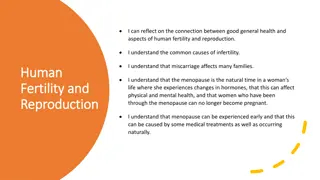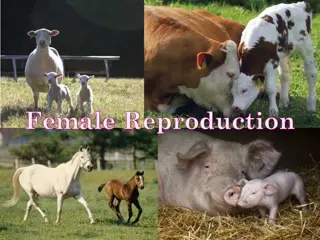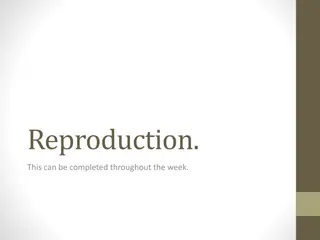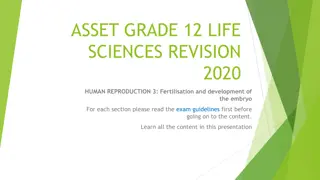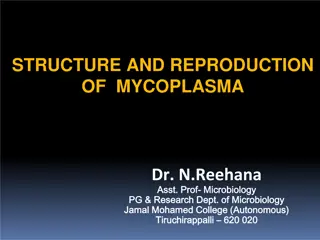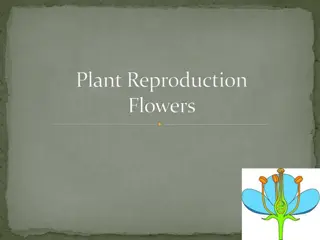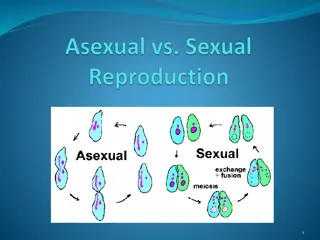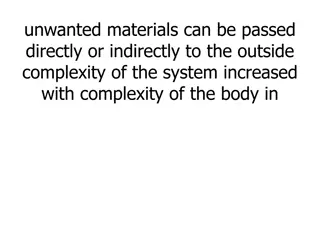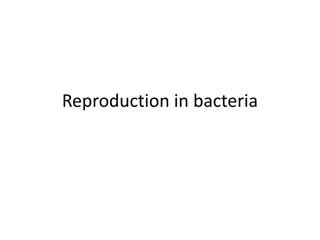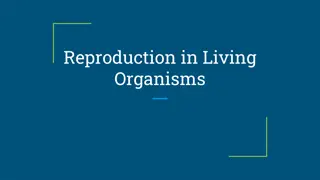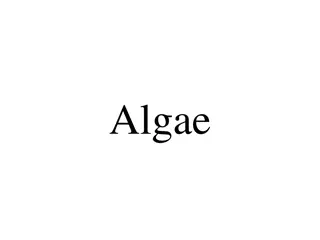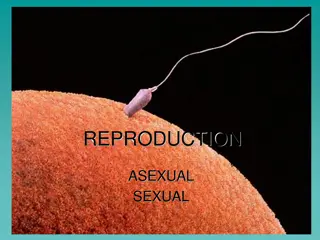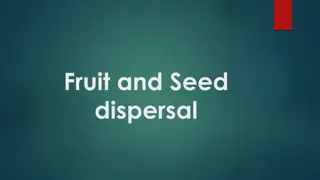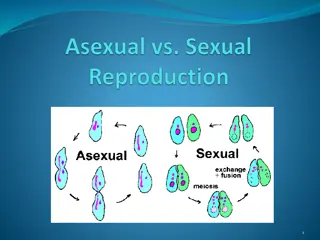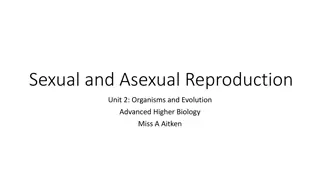REPRODUCTION OF ISOPODA
Exploring the fascinating world of Isopoda reproduction, this content delves into their mating rituals, life cycle stages, and the various types of reproduction observed in these crustaceans. From molting to fertilization, the isopods' unique reproductive strategies are highlighted, offering insights into their evolutionary adaptations and behaviors.
Uploaded on Feb 22, 2025 | 0 Views
Download Presentation

Please find below an Image/Link to download the presentation.
The content on the website is provided AS IS for your information and personal use only. It may not be sold, licensed, or shared on other websites without obtaining consent from the author.If you encounter any issues during the download, it is possible that the publisher has removed the file from their server.
You are allowed to download the files provided on this website for personal or commercial use, subject to the condition that they are used lawfully. All files are the property of their respective owners.
The content on the website is provided AS IS for your information and personal use only. It may not be sold, licensed, or shared on other websites without obtaining consent from the author.
E N D
Presentation Transcript
REPRODUCTION OF ISOPODA Anthony Rich Lila Boudrie Revised:12/2/17
Mating Most cases females can only mate after molting Biphasic molting- molt one half then the other http://sunny.moorparkcollege.edu/~econnolly/crustacean_files/image010.png Before molting females release pheromones to attract males Currents may carry pheromones towards or away from the males Male will attach and wait for female to molt, also guard her after mating Usually able to identify gender by external extremities
Mating cont. Males have a pair of penisis Fused together in some species Forms from the tissue that would be for hind legs Sperm transferred as a fluid or inside packets directly into the female reproductive organs or into storage sack Fertilization does not take place until the eggs are shed after a moult https://www.google.com/url?sa=i&rct=j&q=&esrc=s&source=images&cd=&cad=rja&uact=8&ved=0ahUKEwjZu7jNlv_WAhUIMSYKHcaQA J4QjRwIBw&url=http%3A%2F%2Fwww.asnailsodyssey.com%2FLEARNABOUT%2FISOPOD%2FisopRepr.php&psig=AOvVaw1x6bszom0j_1y X0JjVMEqN&ust=1508587877123478
Isopoda life cycle The eggs hatch as mancae, a post larval stage that resembles closely to an adult. Only missing the back legs They will molt multiple times as maturing. Molt in two stages. Biphasic moulting https://www.google.com/url?sa=i&rct=j&q=&esrc=s&source=images&cd=&cad=rja&uact=8&ved=0ahUKEwi8rMXUhP_WAhWB6CYKHafiDc8QjRwIBw&url=http%3A%2F%2Fsunny.moo rparkcollege.edu%2F~econnolly%2Fcrustacean.htm&psig=AOvVaw3oeXHlnJ9kCoCpq9LzJWUk&ust=1508571429322137
Types of reproduction Little sexual dimorphism amongst the species Some species are hermaphroditic Others are protandrous hermaphroditic Start as males change sex to female later in life Sexual reproduction
Sources Ruppert, Edward E.; Fox, Richard, S.; Barnes, Robert D. (2004). Invertebrate Zoology (7th ed.). Cengage Learning. pp. 661 667. ISBN 978-81-315-0104-7. (n.d.). Retrieved October 20, 2017, from http://sunny.moorparkcollege.edu/~econnolly/crustacean.htm Isopod Life Cycle. (2009, August 17). Retrieved October 20, 2017, from https://www.ehow.com/about_5317360_isopod-life-cycle.html http://www.sciencealert.com/here-s-why-some-animals-have-two-penises



